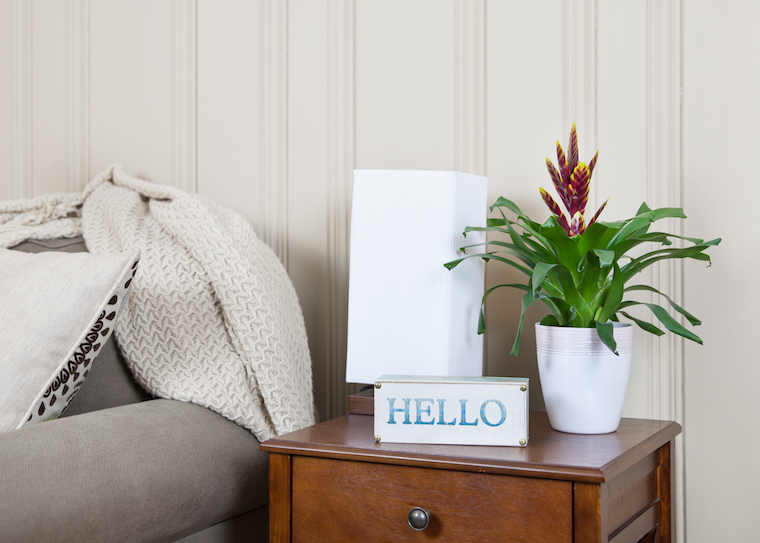
Bromeliads add an alluring tropical touch to any space. After you have one, it's natural to want more of them. Some gardeners promote splitting and repotting bromeliads to encourage new growth. But does it actually work?
Here's what our growers have to say.
After you’ve enjoyed your bromeliad bloom for many months, you may start to notice it browning or losing petals. This is a sign that your plant is reaching the end of its blooming cycle. At this point, there's nothing you can do to “save” the flower — once it begins to brown and fade, the only option is removal.
Unlike orchids which go through a resting period before reblooming, bromeliads won't grow any new blooms or leaves. They do grow new shoots or offsets, sometimes called "pups."
Some gardeners recommend cutting off the shoots and replanting them in a separate pot to encourage the growth of new bromeliads. Here's a quick overview of the steps involved in splitting and repotting bromeliads:
Bromeliad shoots or pups can grow into new plants. With the right temperature, humidity and sunlight, the pups can emerge as new plants within several months. But while full-grown bromeliad care is easy, bromeliad pups are notoriously stubborn. It can be difficult to regrow them at home. In other words, don't get your hopes up!
To help your bromeliad plant thrive as long as possible, make sure you add water to the leaf cup (the center area created by overlapping leaves) each week.
Place it in a bright location, but avoid direct sunlight. Keep it in a room where temperatures are between 65 to 85 degrees Fahrenheit. Avoid placing it near drafts.
When your bromeliad loses its petals and leaves, it's time to buy a new one. If you're feeling ambitious and want to try splitting and repotting bromeliads, go for it. After all, you have nothing to lose and might be pleasantly surprised!

Copyright Just Add Ice® Orchids 2023